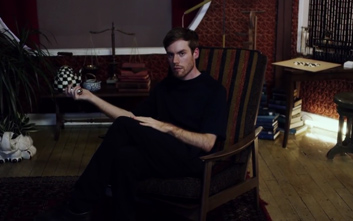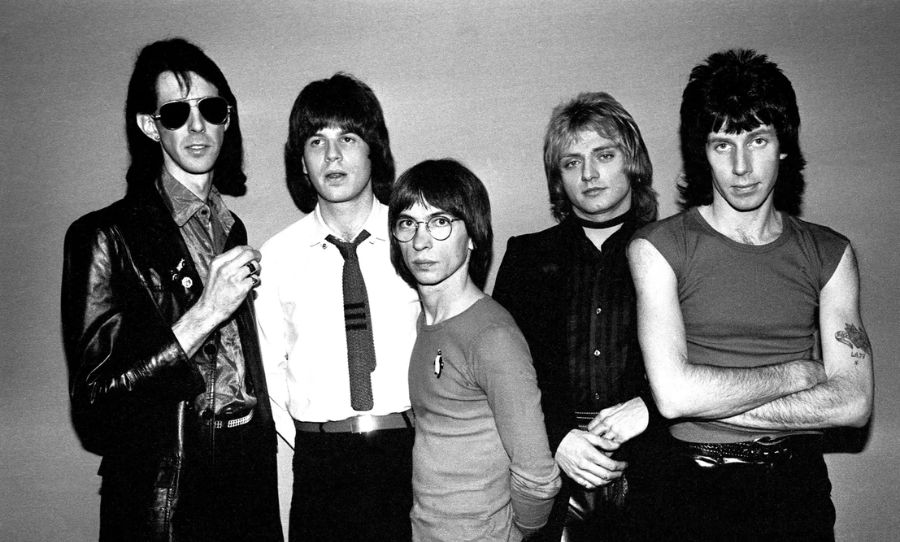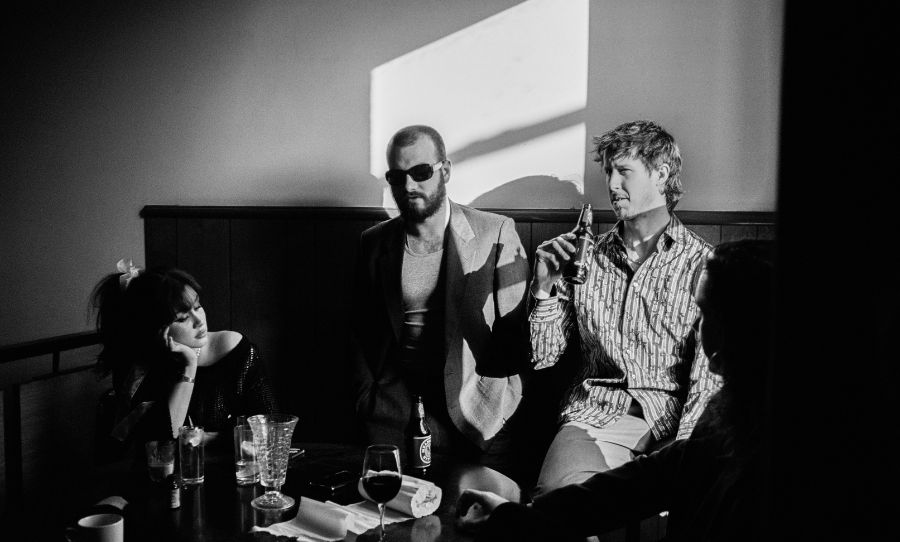Brooklyn-based musician Jake Tatum, otherwise known as Wild Nothing, dug deep into the memory bank for Life of Pause – his third album since 2010. The album strongly echoes 80s new wave – some of the glowing wonders such as The Church, Tears For Fears, New Order and The Cure – but at each twist and turn there is a sparkle of electronic ambience, modern glitch and stark contrast which makes it an album that is simultaneously familiar and challenging.
On his third record, Jack Tatum, aka Wild Nothing, strikes the perfect balance between lucid pop songwritng and incandescent instrumental weirdness making Life of Pause an album that is simultaneously familiar and challenging.
Each tune throughout the compilation appears characteristically similar as his vocal and lyrical themes meander on the same wavelength – a style that Tatum has developed since his debut Gemini back in 2010. Rather uniquely however, each tune on Life of Pause appears distinctively different as the musical influences and instrumental expression fluctuate throughout the record. “I’m terrified by the idea of being any one thing, or being any one genre,” said Tatum of his varying musical agenda on Life of Pause, “I allowed myself to go down every route, I owe it to myself to take as many risks as possible.”
This seems a candid statement when you consume the record as whole. Tatum and his band certainly travelled many psychic routes whilst recording the album. After a vast period of experimentation, recording took place in both Los Angeles and Stockholm, the latter being in a studio that ABBA previously owned. Something that certainly sprinkled the album with magical hit-making fairy dust.
Track one, Riechpop, is the perfect opening tune. The electronic intro is immensely authentic as it oozes classical instrumental vibes, as well as a feeling of manipulated electronica. The blissful and suspense-building crescendo is created using a marimba, a naturalistic frequency when compared to the electronic opening that lends itself to the dichotomous quality of the record.
On Lady Blue, Tatum displays his knack for simple, yet effective songwriting, overarched by a yielding female backing vocal. Tatum reflects, “I just keep it simple, writing ideas as they came to me.” His modest lyrics create the perfect mood for his instrumentally pastiche style as the musical texture takes the foreground, leading the way for the rest of the songs, still to come.
Adore starts off simply, only with piano, but each note sounds as if the keys are being hammered slightly harder than usual, giving the track an eerie and sinister mood. As acoustic and electric guitars began to slip into the mix, the song takes on the guise of a typical romantic ballad, a theme which traverses the entire record. Tatum stated that when creating, Life of Pause that he, “wanted a record about defining what you have…defining your relationships.” It’s a poignant statement, introspective and thought-provoking, just like the album title.
The album’s lead singles TV Queen and To Know You are perhaps the best representation of Life of Pause as a whole. One explodes with pop-sensibility – lyrics clear, descriptive and catchy – while the other is long and drawn out, brooding tone seeped into a sparkling psychedelic groove. It’s an album of perfect balance, harmonious differences and proportional contrasts. You just need to pause for a second to let it all sink in.




